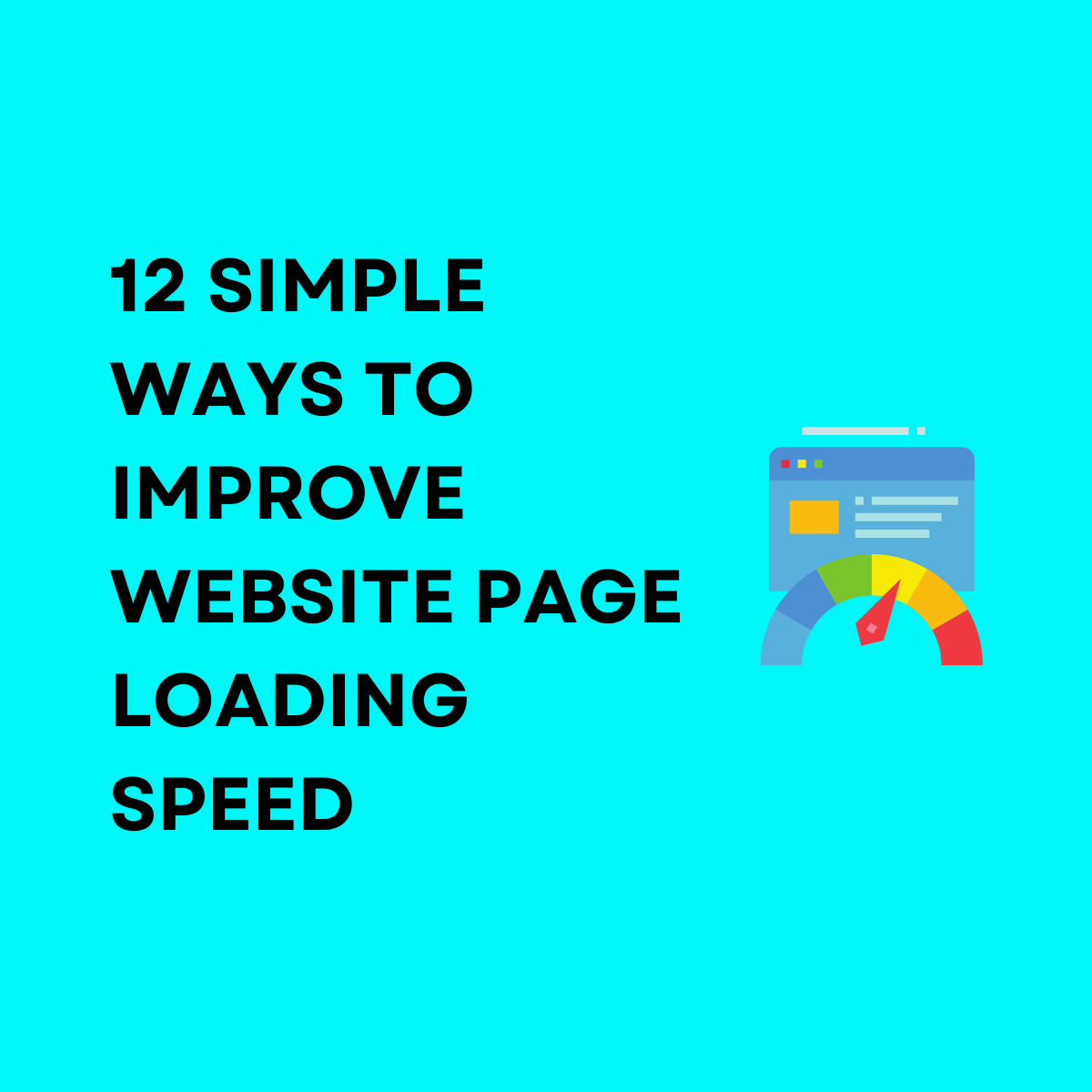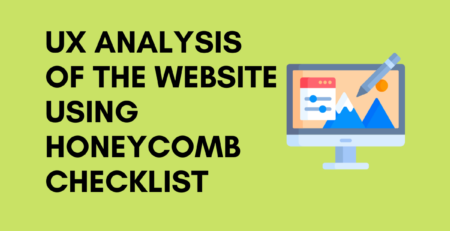12 Simple Ways To Improve Page Loading Speed
Mohammed Ikram Nagdawala2025-07-01T15:39:11-05:00Most website visitors can’t wait more than a few seconds for a page to load. So, page loading speed is an important factor in the performance of your website that will affect traffic, sales, and SEO.
Today there are millions of websites on the internet. People expect to get the information they want fast. If they can’t open a website page, they click the back button and choose another website.
Page loading time also affects conversions. According to a study, you have more chances to get a lead if your page loads in 4 seconds.
As digital marketers, we need to improve every aspect of our websites to get better results. Here are twelve effective ways I would use to improve page loading time on every website.
1. Use An Optimized WordPress Theme
The first step of a fast website is to install and use an optimized theme. There are many themes on the marker from different companies. Most of them promise different results and have fancy features.
However, you need a simple design and a fast-loading theme. Usually, the top companies can do a great job on that part. They have tested their themes with various digital marketers and have already improved their work over the years.
I would avoid unknown developers or fancy themes for various reasons. Fancy themes tend to be heavy because they add too many features. Unknown developers can’t be trusted when it comes to updates and support.
The best solution is to buy a premium theme instead of a free theme. It’s a one-time investment that will improve page loading speed and make your website looks professional.
2. Remove Unneeded Plugins
Each plugin adds a little piece of code that slows down the website. While it’s ok to use a few important plugins, too many plugins will have a negative impact on the page loading speed.
So, we must use plugins that add some value to our websites. If your plugins help you to do specific tasks, it is ok to keep them. But remove the ones that are not important.
I also check the developer of each plugin. Are they professionals? Do they offer good support and updates? If the plugin is too heavy or doesn’t offer updates, you can consider other alternatives. In some cases, it’s better to use premium plugins to avoid technical problems.
3. Choose A Good Hosting Provider
Most hosting providers offer packages and services that will determine the performance of the website. Some providers offer a faster loading speed than others.
For example, a cheap hosting place can set you up for disappointment. The same applies to some new hosting providers. However, you can easily fix this issue if you buy a better plan or move to a new provider.
Before building your website, the best option is to read reviews for many hosting providers. Most of them have pros and cons, but I would focus on good support and fast loading times.
4. Reduce The Size Of The Images
The most common problem on slow websites is the images. If they have large files, they slow down the page load speed. The worst part is that the file of the image gets bigger when you improve the quality.
While images help to break down the content and add value to a page, they can have a negative impact on speed. If you have had a website for years, you probably have many old unoptimized images.
The solution is to reduce the size of the images. A plugin can automate the whole process and optimize every image on your site. There are both free and paid options based on your needs.
5. Avoid Too Many Landing Page And Popups
Many websites use landing pages or popups to get more leads. This is a strategy that works most of the time. However, each landing page, popup, or other promotional page decreases page load speed.
Landing pages and popups work through third-party tools that we use to manage leads. Your visitors may get redirected to other sites or just take more time to load another page. In many cases, landing pages use unoptimized images or too many elements.
The best solution is to use only one landing page if needed and optimize any images. Some landing page builders enable lazy loading that would allow you to load the important elements of your website before the landing page.
6. Enable Browser Caching
Caching is an option that saves the static files of your website page to the visitor’s computer. So, the next time they load instantly without any delays. There are many free plugins that can do a great job at that part.
Browser caching is not for everyone. It will be great for websites without many updates, like blogs with repeated visitors. Caching works even if they visit your website through another platform like social media or Google.
However, it couldn’t work for websites with too many updates. For example, new websites focus on posting many pieces of content and want their visitors to see their updates. Browser caching would show the saved version of your site.
7. Enable GZIP Compression
GZIP compression is a method that reduces the size of various files by up to 70%. You can improve the loading page speed if you add this option alone. While it is technical work, there are plugins that can do the job for you.
The best way to enable GZIP compression is to use a hosting provider or a WordPress theme that already offers this option. It would save you from an extra plugin that would require updates.
8. Minify CSS and Javascript
A website is created from lines of code. Most websites use CSS and Javascript code. If you remove unnecessary characters or lines, you can speed up the page loading time. Most website users are not able to do this task manually, so you can use a WordPress plugin.
If you don’t want to use an extra plugin, there are online tools. Of course, it would take some extra work on your part because you need to copy and paste the code on a tool before using it again on your site.
9. Use A CDN
CDN stands for content delivery network and means that you deliver your content from various servers. Most websites use the server of their hosting provider, and the users must connect to this server when they visit the website. The page loading speed depends on both the location of the server and the visitors.
A CDN is just a network of servers that store copies of your website and deliver them to your visitors. These servers can be placed in different locations around the world and can increase the loading speed. There are many plugins that offer this option on WordPress.
10. Optimize Your Website For Mobile
While most WordPress websites are already responsive, it doesn’t mean they are optimized for mobile users. Old website pages can be too heavy for mobile or offer a bad user experience. For example, images and landing pages can be too slow on mobile.
As a modern digital marketer, I optimize every element of my website for mobile. If you have an old website, you need to go to the pages that still get traffic and check both page loading speed and user experience. You can also consider removing pages and images that are not relevant today.
11. Check Google PageSpeed Insights
If you don’t know where to start, you can visit Google PageSpeed Insights and check the score of your website. Each score has a color from red to green that indicates the performance of the website and mentions the page loading speed. A green color is close to perfect, while a red color is not good.
Next, you can start working on the suggestions below your score. You will see most of the suggestions that are included in this post as they suggest optimizing images, pages, and website code. If you check your score regularly, it will help you to maintain a fast loading page speed.
12. Make Your Website More Minimalistic
You can improve the page loading speed of every page if you remove all the unnecessary elements of your site. A minimalistic approach to can save you from a lot of problems.
Before adding a plugin or a new fancy popup, you need to consider if it will add value to the user. Every new element will decrease the website speed, so it needs to add value to something else. Most slow websites tend to have too many features, pages, images, and plugins.
Conclusion
A fast website will bring better rankings on search engines and more leads because you will not lose visitors. A slow page loading speed will increase the bounce rate and cause unhappy visitors.
You may need to test some plugins, tools, or themes for the best results. But if you apply the steps above, you will definitely increase the page loading speed.
If you tried any of these tips or have other suggestions for improving site speed, share your thoughts or questions in the comments section below.


Leave a Reply